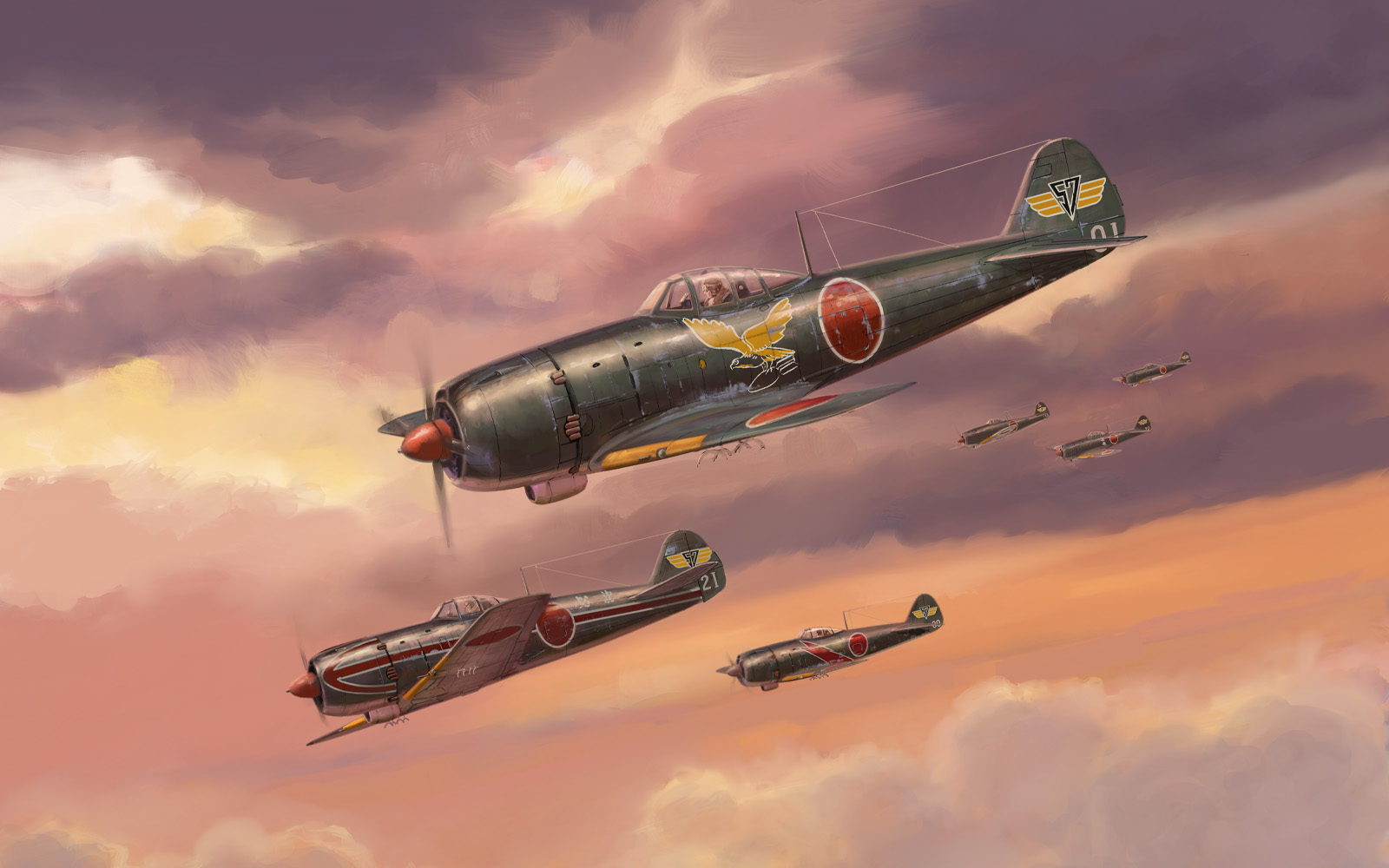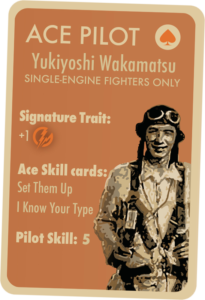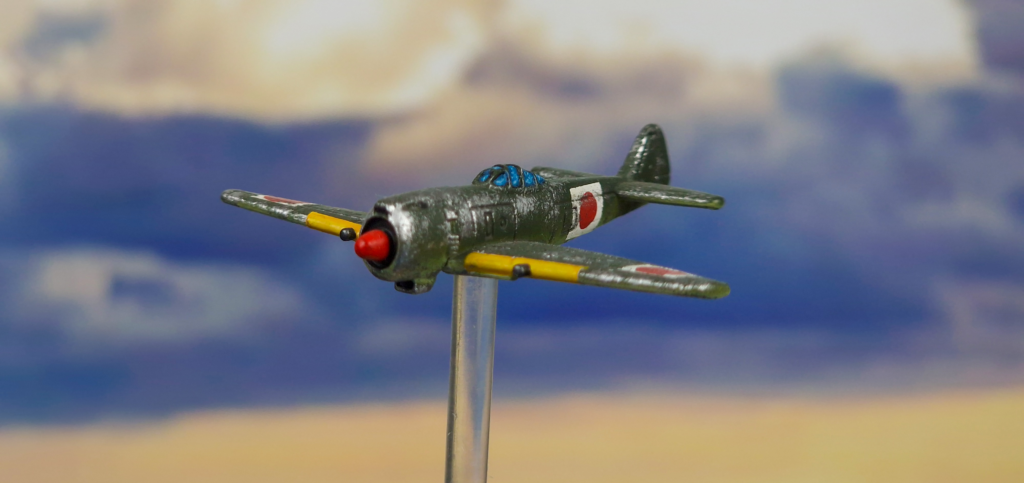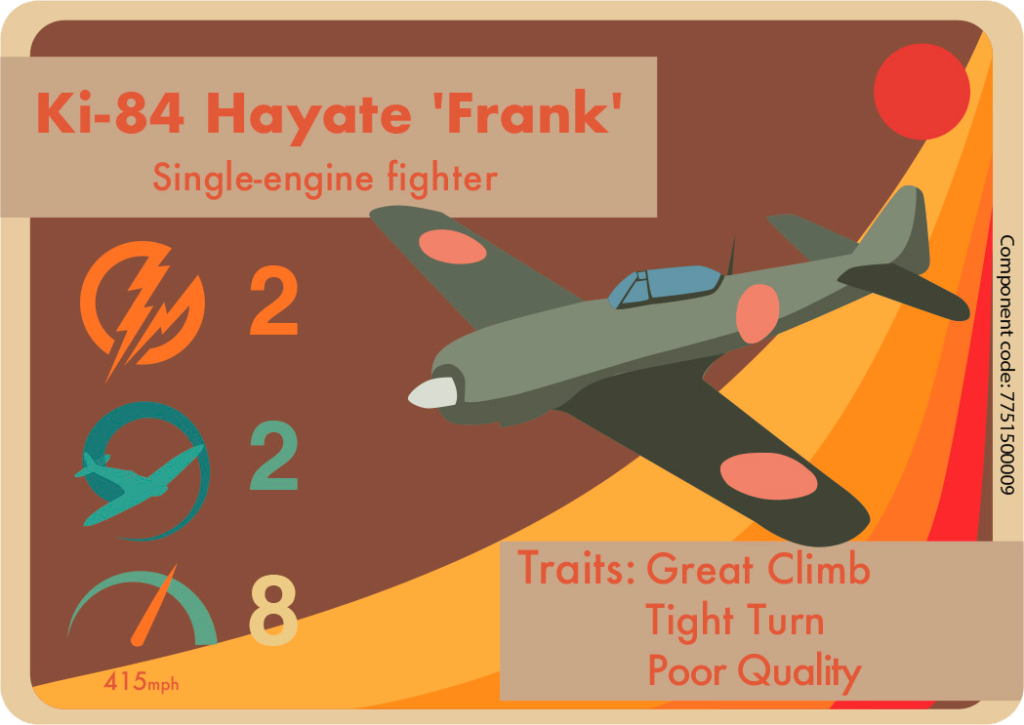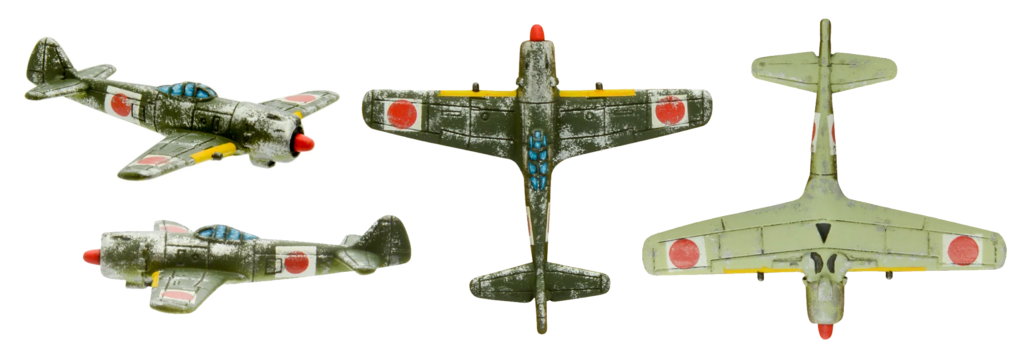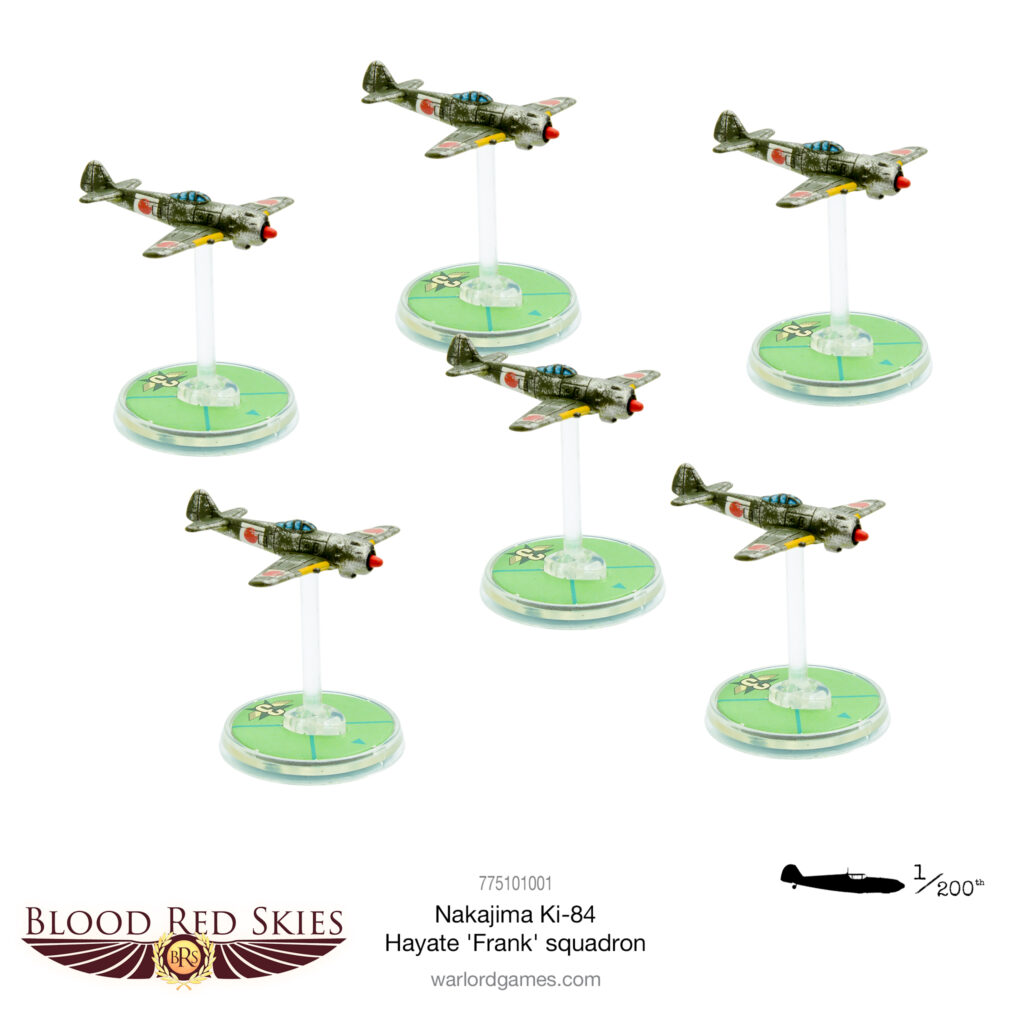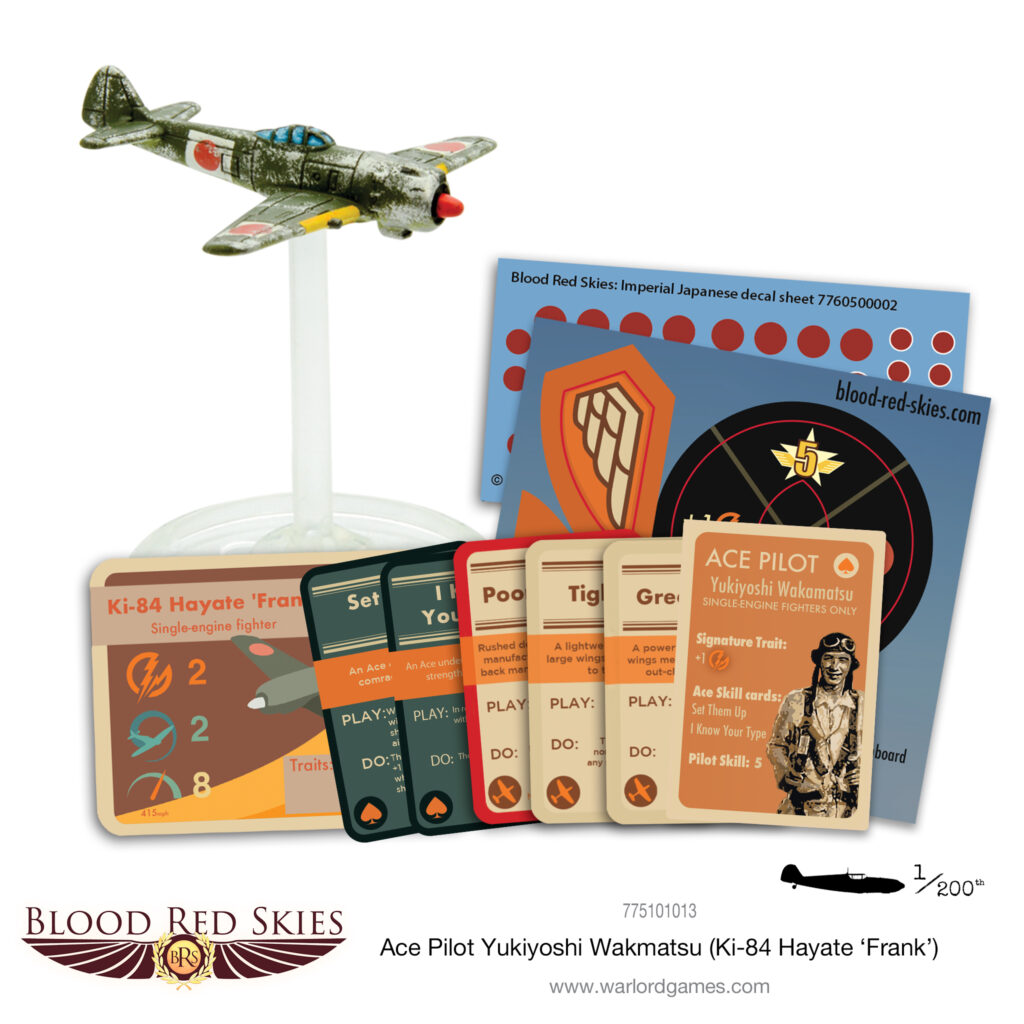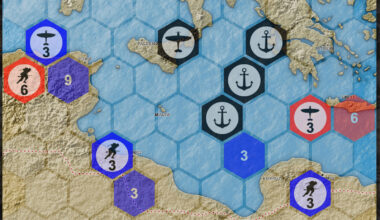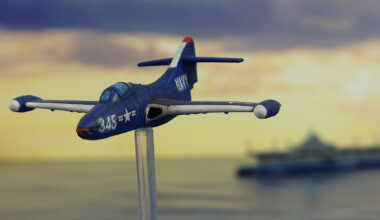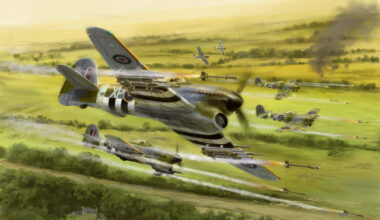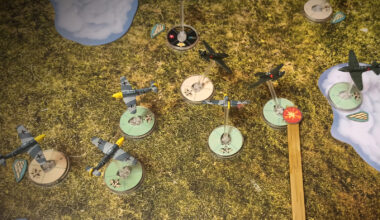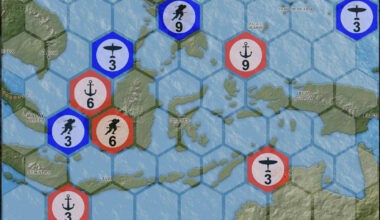Designed to replace the Ki-43 (an aircraft we’ve discussed before – in this article), the Ki-84 Hayate (Gale), code-named ‘Frank’ by the Allies, addressed the crucial issues of its predecessor – namely poor firepower and exceeding fragility. An all-metal design with significant amounts of protective armour for both the pilot and vital components, as well as a pair of 12.7mm machine guns and two 20mm cannon, and powered by the Ha-45-21 radial engine, the Frank was a significantly more capable design than the Ki-43, and commanded the respect of the Allied pilots who flew against it.
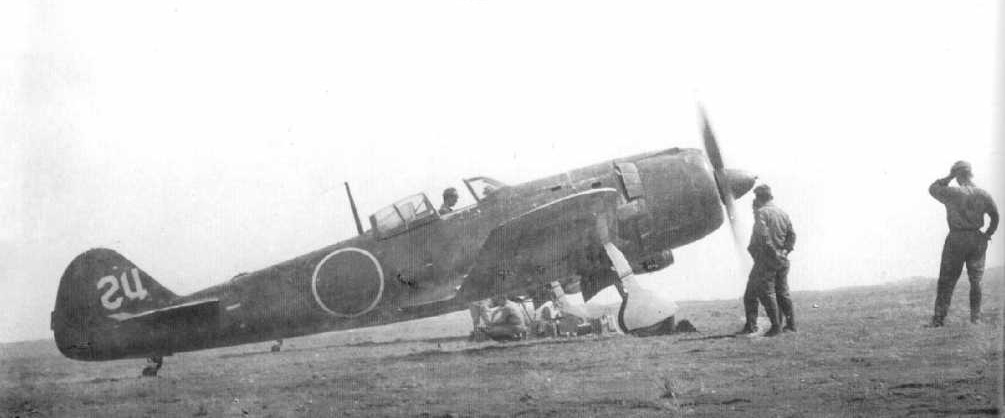
While performance was best in the low- and medium-altitude regimes, it was one of the few Japanese aircraft capable of reliably intercepting the American B-29 Superfortresses that were pummelling Japan into submission, although its performance at the operational altitudes of the US bombers was severely restricted. In addition, the Ki-84 suffered from a significant number of construction and material quality issues, particularly as Japan’s war industry began to collapse, as well as a lack of sufficiently trained pilots, being a much ‘hotter’ aircraft and harder to fly than its relatively docile predecessor. These issues limited the overall impact the aircraft was destined to have upon the war (in what was, admittedly, already a lost cause), but on its day, a well-flown Frank was easily able to fight the best of the Allied air assets on a more-or-less even footing.
Ace Pilot: Yukiyoshi Wakamatsu
Arguably the best of the Ki-84 pilots was Yukiyoshi Wakamatsu. A veteran of the pre-war Imperial Japanese Army Aviation, with service in China, his first kills were a pair of P-40 Warhawks in 1943. Converting onto the Frank in October of 1944, he became a squadron leader in the 85th Sentai, and proved to be capable of exploiting the Frank’s high performance with extreme effectiveness in combat. He was also regarded as an excellent commander, and something of an expert at combating USAAF Mustangs – half of his eighteen victories coming against the type. He would be killed in 1944, while attacking a formation of B-29 Superfortresses, but several of the men under his command would go on to become aces in their own right. Alongside Wakamatsu, we’re also releasing a decal sheet representing his 85th Sentai, allowing you to field this crack force of Franks in Blood Red Skies.
On the Table
We asked Ken Natt (admin of the dedicated Facebook group, the Blood Red Skies Ready Room) to once again share his thoughts on tournament list-building. He seemed rather keen on the ‘Frank’!
Ken: “Simply put, the Hayate is one of the best tournament list-building aircraft available in Blood Red Skies. They easily sit in Tier One in my estimations, and I dread seeing it across the table from me. It’s fast, has the Great Climb trait (my personal favourite), and throws Tight Turn into the mix as a cherry on top. Capable of ‘energy fighting’ and ‘turn fighting’ in equal measure, the Hayate does everything a Spitfire MK. IX can do but for three points less owing to its Poor Quality negative trait. You can easily fit six reasonable pilots within a standard list, or drop to five aircraft with some better pilots.
The Great Climb trait makes this aircraft a good ‘denial list’ option – take the High Altitude Performance doctrine and include an ace with I Know Your Type and just watch your opponent’s face when you’re forcing them to roll tests when try to Climb for Advantage.
I don’t find the Poor Quality trait to be much of a detriment, it simply demands some careful flying, not engaging until you are in the best position to do so, or deploying in clouds to get around it. Just watch out for those ‘Alpha Strike’ lists that can catch you on turn one!”
